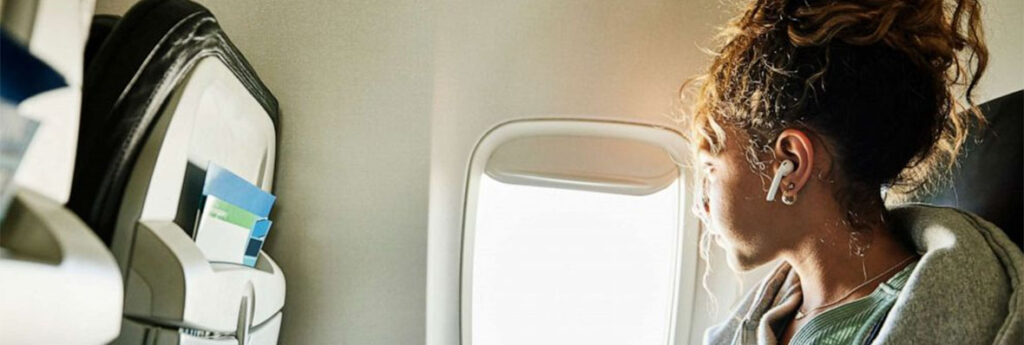Sick of the rush and crush when boarding a plane? United Airlines says that it will start boarding passengers in economy class with window seats first effective Oct. 26, a move it says will speed up boarding times for flights. The plan, known as WILMA – for window, middle and aisle – was tested at four domestic locations and one hub and was deemed to shave up to two minutes of boarding time.
The change will begin with passengers in Group 4. Those with window seats will board first, followed by those with middle seats and then those with aisle seats. United said that multiple customers on the same economy reservation, such as families, will be allowed to board their flight together.
The plan will be implemented on domestic flights and some international flights.
Individuals in first class and business class will see no change in their boarding process. There’s also no change for the pre-boarding group that includes travelers with disabilities, unaccompanied minors, active-duty military, and families traveling with children that are 2 years old or younger.
Variations of the WILMA approach have existed for many years.
“It spreads people out along the aisle of the airplane so that more people can put their luggage away at the same time. That’s the main thing that speeds up the boarding process,” says Jason Steffen, an associate professor of physics at the University of Nevada, Las Vegas, who designed his own boarding model a decade ago.
Airlines have long searched for the perfect boarding process. Orville and Wilbur Wright flipped a coin to see who got the lone seat on their flying machine. United is making changes now because, it says, average boarding time has increased by two minutes since 2019.
Tinkering with the boarding process has increased since airlines began charging fees for checked bags more than a decade ago. Those fees encourage passengers to bring carry-on bags, which generally are still free except at some low-cost carriers.
“Any time you have to wrestle with luggage up over your head, it’s going to slow things down,” Steffen said.
Two minutes doesn’t make much difference on a transatlantic flight, but on heavily trafficked shorter routes delays tend to cascade, pushing late-day flights farther and farther behind schedule.
If a few passengers dawdle while stowing their bag and finding their seat, it can make the difference between a flight being on time or late in the government’s official statistics.
The last passengers to board face the risk that there won’t be room for their carry-on bag in the overhead bins. That leads passengers in late boarding groups to crowd the gate area so they can jump in line ahead of others. Gate agents and seasoned travelers call the line jumpers “gate lice.”

